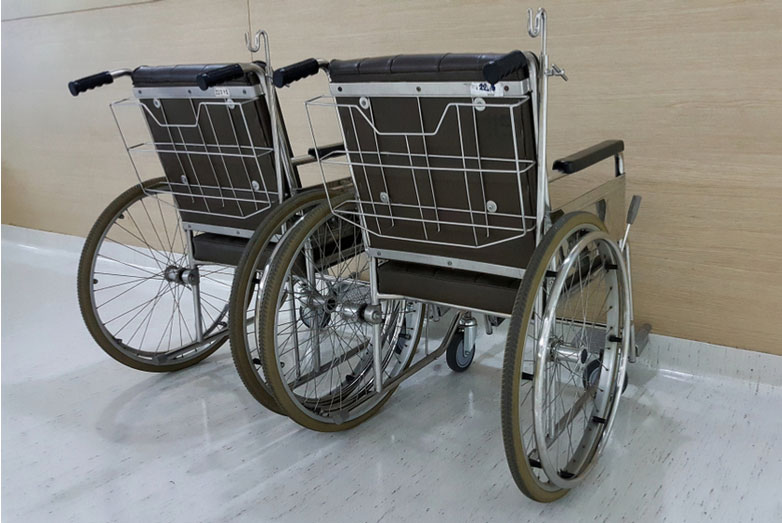When you catch a ride with Stellar Transportation, there’s no need to bring your own bariatric transportation chair. Our bariatric transportation services have you covered with spacious 24” wheelchairs (we have bariatric stretchers too!). Our goal is to keep you as comfortable and safe as possible. After all, we believe every ride should feel like a first-class experience.
Get a Quote for Local or Long Distance Bariatric Transportation
What to Consider When Buying a Bariatric Transport Chair
Keep in mind, transport chairs are unique from standard wheelchairs as they are designed to be lightweight for transporting. As a result, it’s easier for them to tip over. Also, transport chairs are optimized with the necessary chair tie-down restraints and seat positioning straps so that the chair can be hooked up to a vehicle if the patient cannot be moved to a seat.
There’s no need to spend hundreds of dollars buying your own bariatric transport chair. After all, we offer comfortable, clean, and newer model bariatric transportation chairs for our patients. Although, if you decide to get your own there are several things to consider.
- Bariatric Transport Chair Size
Go for a spacious 24” seat for utmost comfort. The typical seat width of a standard transport chair is between 18 and 20 inches, with a 16-inch seat depth. A chair with these specifications can generally hold up to 250 pounds. Some bariatric transport chairs are 22” inches in width (between arms), and this generally offers a weight limitation of around 400 pounds. The bariatric transport chairs we utilize can uphold more weight and have a seat width of 25”.
- Chair Construction
The general construction of a chair and the materials used will differ from chair to chair. It’s important to consider this when purchasing a bariatric chair. Look for well-made chairs with good reviews and a solid track record. Even if it means spending a little more money, it is worth it if you get a better, safer, and longer lasting chair.
- Chair Maintenance
The condition of the chair will impact overall safety and functionality. It’s important to maintain chairs and have them fixed as needed. For instance, if the hand grips are loose or worn, they should be replaced as soon as possible to prevent accident or injury. Before buying a bariatric transportation chair, inquire about the average lifespan and necessary maintenance tasks.
Tips for Safely Moving a Bariatric Transport Chair
- Do not lift the chair by the legs, armrests or other detachable points as they may release when pressure is applied. This may result in serious injury to the user and/or the assistant.
- Have someone experienced in bariatric transportation demonstrate how to do it before trying for the first time without practice.
- Use the correct body form when moving the chair to prevent back injuries or other types of pulls, strains, etc. This includes maintaining a straight back and bent knees throughout the process.
- Always keep the patient at the forefront of your mind each step of the way, ensuring they are comfortable and not in pain.
Local & Long-Distance Bariatric Transportation in Melbourne, FL
From local trips to long distance trips measuring over 150 miles or more, we’ve got you covered. Our drivers are trained, skilled, and experienced in bariatric transportation. As a result, you are guaranteed a quality experience that is focused on patient comfort.

